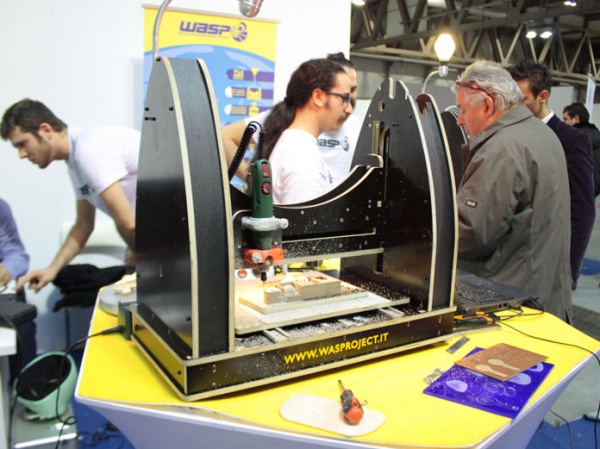Government Grants
Business Grants
Home Owner Programs
Federal Programs
About Us
Identifying and Bridging Data Gaps for Managing Aquatic Invasive and Nuisance Fauna
Year one (1) will establish the initial structure of the project and includes tasks that support the following objectives.
If funded, years two (2), three (3), four (4), and five (5) would continue to expand major elements of the research project and build a diverse portfolio of collaborative projects and work efforts.
Objective 1:
Identification of Data Gaps for AINF Management.
There are two aspects to this objective:
a comprehensive literature review on freshwater mussel control and management and current research activities related to AINF.
For example, initial research activities that are focused on identifying, ground-truthing, and documenting project locations and specific sites for the collection of new data to evaluate site-specific management techniques including:
(1) biotic and abiotic characterization of evaluation sites (quantitative vegetation assessments - AINF and non-target species); 2) presence of listed species; 3) acreage of site, average water depth, water exchange processes); and 4) key water quality parameters (temp, dissolved oxygen, pH, turbidity).
Primary sites would be from the Gulf Coast and Pacific Northwest.
Objective 2:
Experimentation to Close Data Gaps.
This objective focuses on empirical research to close data gaps and transfer results through technology transfer mechanisms.
Part of this objective is to organize interdisciplinary technical teams to plan and conduct studies during year one of the project.
Joint teams will comprise scientists to partner with ERDC in the development and evaluation of environmentally compatible strategies to selectively manage AINF.
These strategies include:
1) the use of pesticides; 2) bio-suppression techniques; 3) mechanical/physical methods, and 4) integration of selected approaches 1 through 3. Additionally, education and outreach activities on the need, methods, and benefits for managing AINF in public waters will be conducted at the conclusion of each study.
These activities will be undertaken as technical webinars, workshops, training sessions, field tours, reports, peer-reviewed journal articles, sponsor briefings, and presentations at professional meetings.
Education/outreach and technology transfer audiences will include the public, agencies, legislators, industry, media outlets, and all other stakeholders and practitioners.
Deliverables:
Upon completion of Objectives 1-2, the selected academic institution will develop a report that documents the project locations and includes a summary of the management strategies that were identified, considered and/or ultimately recommended during the research effort.
The report will also include information explaining the management strategies and their limits, and the potential effects of implementing such strategies to restore, manage, and/or preserve selected project locations in major watersheds.
If funded, years two (2), three (3), four (4), and five (5) would continue to expand major elements of the research project and build a diverse portfolio of collaborative projects and work efforts.
Objective 1:
Identification of Data Gaps for AINF Management.
There are two aspects to this objective:
a comprehensive literature review on freshwater mussel control and management and current research activities related to AINF.
For example, initial research activities that are focused on identifying, ground-truthing, and documenting project locations and specific sites for the collection of new data to evaluate site-specific management techniques including:
(1) biotic and abiotic characterization of evaluation sites (quantitative vegetation assessments - AINF and non-target species); 2) presence of listed species; 3) acreage of site, average water depth, water exchange processes); and 4) key water quality parameters (temp, dissolved oxygen, pH, turbidity).
Primary sites would be from the Gulf Coast and Pacific Northwest.
Objective 2:
Experimentation to Close Data Gaps.
This objective focuses on empirical research to close data gaps and transfer results through technology transfer mechanisms.
Part of this objective is to organize interdisciplinary technical teams to plan and conduct studies during year one of the project.
Joint teams will comprise scientists to partner with ERDC in the development and evaluation of environmentally compatible strategies to selectively manage AINF.
These strategies include:
1) the use of pesticides; 2) bio-suppression techniques; 3) mechanical/physical methods, and 4) integration of selected approaches 1 through 3. Additionally, education and outreach activities on the need, methods, and benefits for managing AINF in public waters will be conducted at the conclusion of each study.
These activities will be undertaken as technical webinars, workshops, training sessions, field tours, reports, peer-reviewed journal articles, sponsor briefings, and presentations at professional meetings.
Education/outreach and technology transfer audiences will include the public, agencies, legislators, industry, media outlets, and all other stakeholders and practitioners.
Deliverables:
Upon completion of Objectives 1-2, the selected academic institution will develop a report that documents the project locations and includes a summary of the management strategies that were identified, considered and/or ultimately recommended during the research effort.
The report will also include information explaining the management strategies and their limits, and the potential effects of implementing such strategies to restore, manage, and/or preserve selected project locations in major watersheds.
Related Programs
Basic, Applied, and Advanced Research in Science and Engineering
Department Of Defense
Agency: Department of Defense
Office: Engineer Research and Development Center
Estimated Funding: $1,000,000
Office: Engineer Research and Development Center
Estimated Funding: $1,000,000
Obtain Full Opportunity Text:
https://www.fedconnect.net
Additional Information of Eligibility:
This opportunity is restricted to non-federal partners of the Gulf Coast Cooperative Ecosystems Studies Unit (CESU).
Disclosures of current and pending support made in this application may render an applicant ineligible for funding.
Prior to award and throughout the period of performance, ERDC may continue to request updated continuing and pending support information, which will be reviewed and may result in discontinuation of funding.
Religious organizations are entitled to compete on equal footing with secular organizations for Federal financial assistance as described in E.O.
13798, “Promoting Free Speech and Religious Liberty.”
Full Opportunity Web Address:
https://www.fedconnect.net
Contact:
Agency Email Description:
phoebe fuller
Agency Email:
Date Posted:
2024-07-19
Application Due Date:
Archive Date:
2024-10-06
Social Entrepreneurship
Spotlight
When it Comes to Social Enterprises, Failure is the Best Platform for Innovation

In the world of social enterprises, failure is a cringe-worthy moment nobody wants to talk about. But, social entrepreneurs can benefit from their failures.

